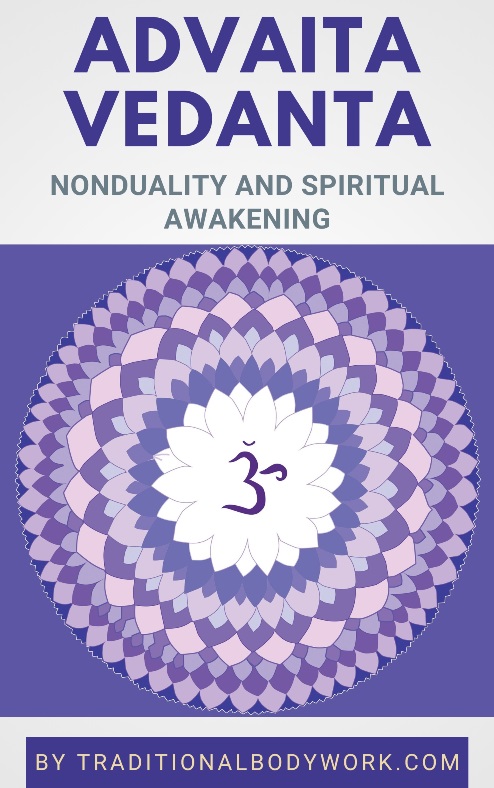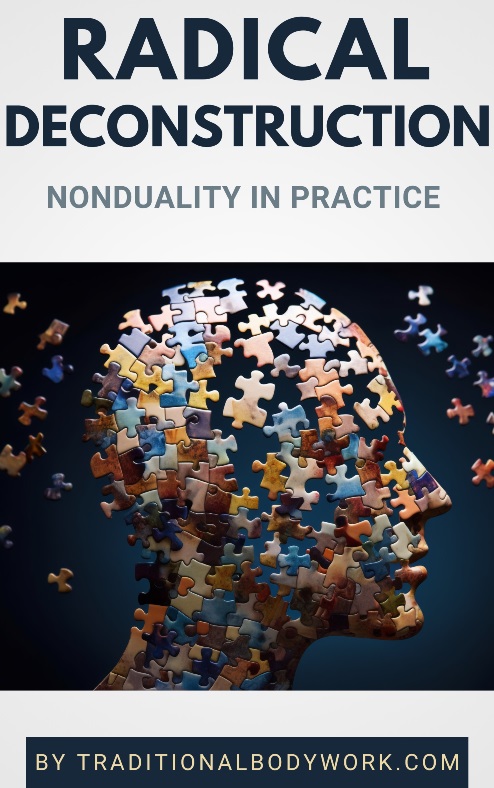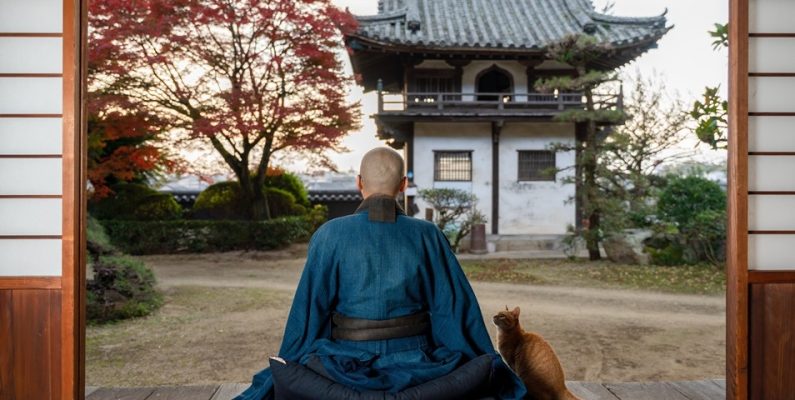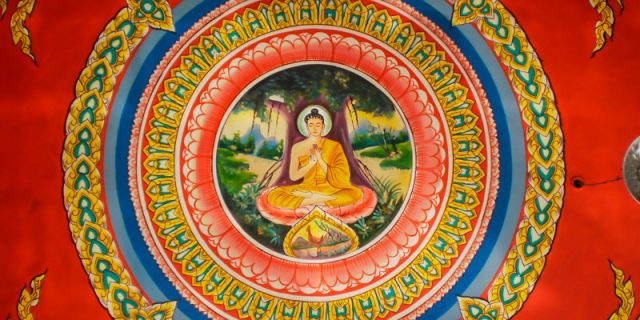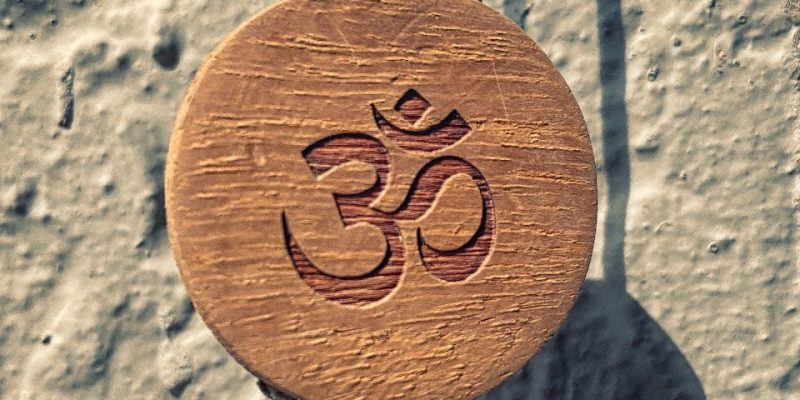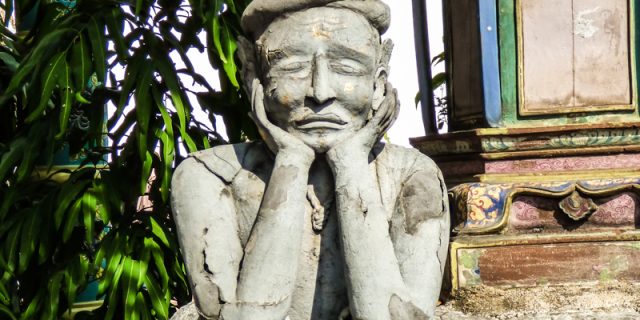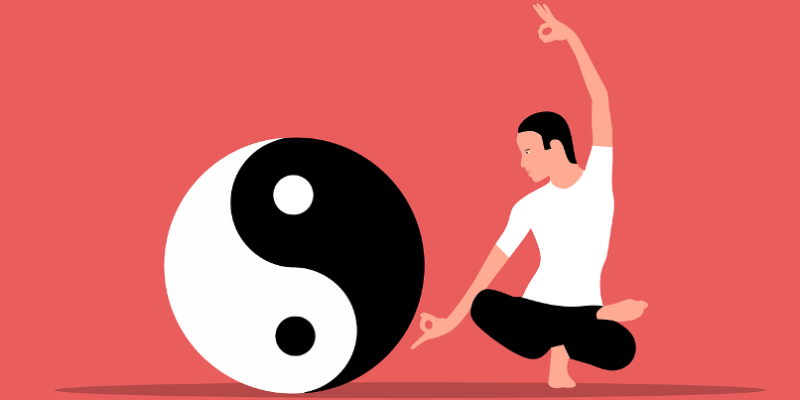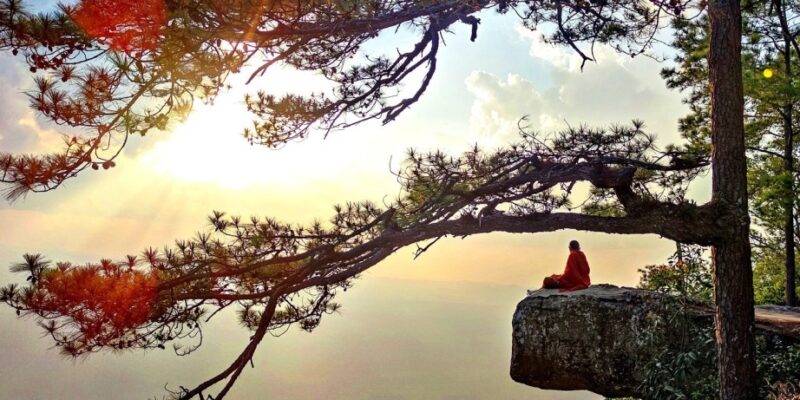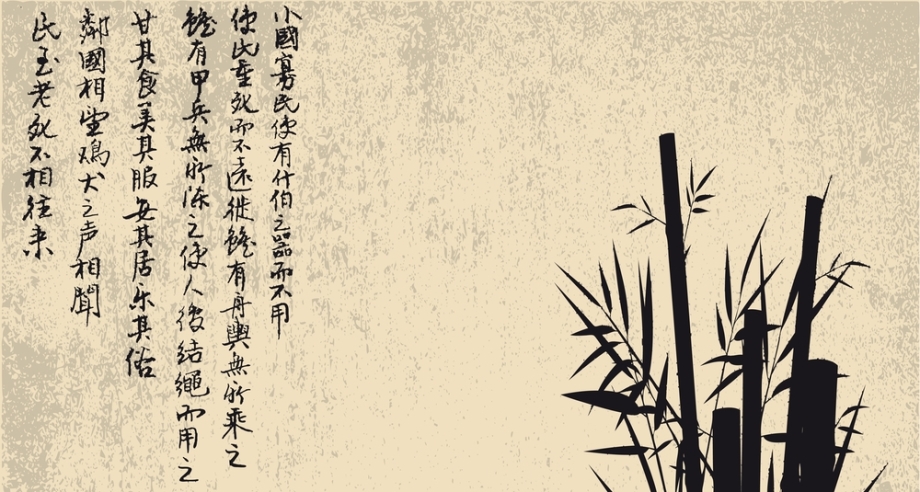
Koans in Zen Buddhism are used as a means to come to sudden and direct insight in the nature (or an aspect) of reality, or as a test to “measure” the Zen student’s progress in his or her practice. Depending on the Zen lineage or school, Koans have more or less importance in the actual day-to-day Zen or Zazen Meditation practice.
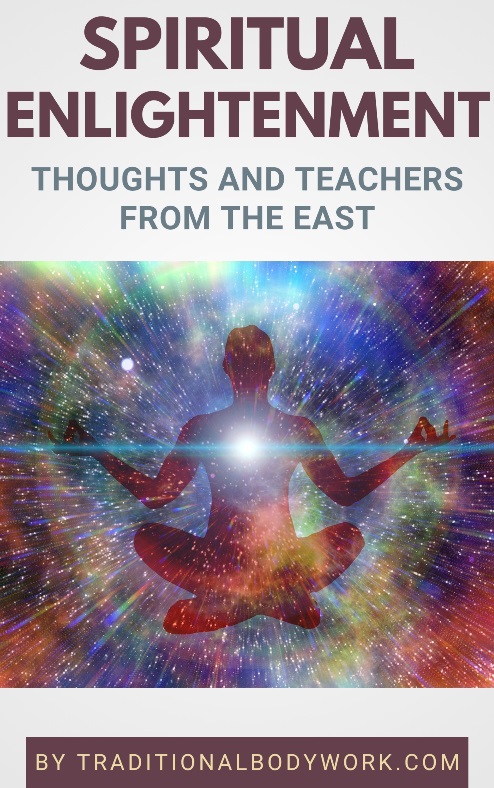
A Koan can be anything like a story, a short phrase, a dialogue, question, an answer, a metaphor, or statement. The main characteristic of a Koan is that it cannot be solved or understood by intellectual reasoning. There’s a “hidden meaning” and the Koan is rather a paradox that serves as a transcendental technique to bypass reasoning, with the goal to come to an intuitive, direct insight and understanding of existence or of one’s own real nature.
Diligent Koan introspection or Koan study is the reflection on and study of a succession of Koans used by great Zen masters in the past. Here again, depending on the Zen school, different Koans may be studied, that is, a variety of Koan curricula are used. For instance, Koan use and study is rather important among Japanese practitioners of the Rinzai Zen school, and one can find a large number of different curricula among the various Rinzai teaching lineages and branches.
There are different types of Koans with different goals, as it were, and the idea is that the study of, or reflection and meditation on Koans can lead to, for instance, direct enlightened insight, an understanding of certain aspects of the phenomenal world, a deepening of one’s insight, an immediate detachment of thoughts and concepts, among other things.
To get an idea of how a Koan may look like, you’ll find a few examples below:
1.) What is the sound of one hand clapping?
2.) Two monks were arguing about the temple flag waving in the wind. One said, “The flag moves.” The other said, “The wind moves.” They argued back and forth but could not agree. Hui-neng, the sixth patriarch, said: “Gentlemen! It is not the flag that moves. It is not the wind that moves. It is your mind that moves.” The two monks were struck with awe.
3.) The roof was leaking, and a Zen Master told two monks to bring something to catch the water. One brought a tub, the other a basket. The first was severely reprimanded, the second highly praised.
4.) A monk asked Master Joshu, “I have just entered this monastery. I beg you, Master, please give me instructions.” Master Joshu asked, “Have you eaten your rice gruel yet?” The monk answered, “Yes, I have.” Master Joshu said, “Then wash your bowl.”
5.) What is the color of wind?

